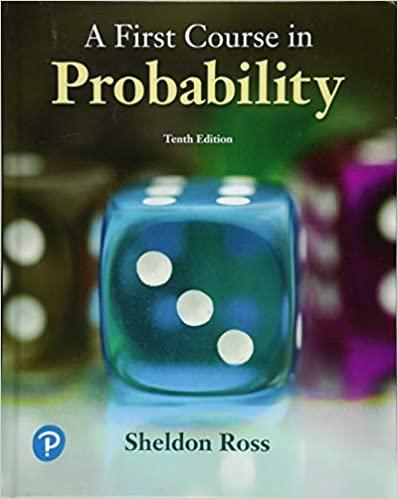In Example 4b, suppose that the department store incurs an additional cost of c for each unit
Question:
In Example 4b, suppose that the department store incurs an additional cost of c for each unit of unmet demand. (This type of cost is often referred to as a goodwill cost because the store loses the goodwill of those customers whose demands it cannot meet.) Compute the expected profit when the store stocks s units, and determine the value of s that maximizes the expected profit.
Example 4b
A product that is sold seasonally yields a net profit of dollars for each unit sold and a net loss of l dollars for each unit left unsold when the season ends. The number of units of the product that are ordered at a specific department store during any season is a random variable having probability mass function p(i), i ≥ 0. If the store must stock this product in advance, determine the number of units the store should stock so as to maximize its expected profit.
Step by Step Answer:






